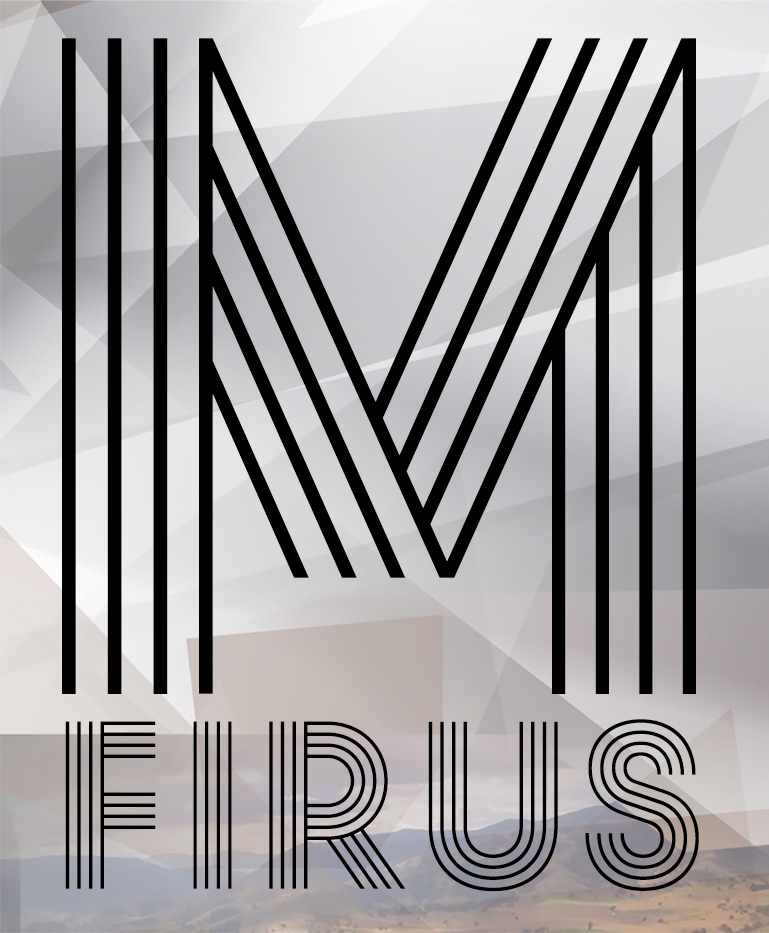
PB4 Reflection – Michael Firus
Over the past couple of weeks, PB4 has been a stressful, exciting and educational experience. In some ways, it broke new ground for me, and in other areas reinforced and enhanced prior knowledge.
Before this project, I had never been at the business end of a Vox pop. For the first time, I was the presenter, rather than a camera operator or sound recordist. My initial thoughts about initiating these interviews for the project brief were tainted with slight nervousness, but I soon overcame this initial trepidation, and the result was a valuable resource for our essays.
The most successful part of the entire experience, for me, was how drastically we were able to improve our essays after the rough cut reviews. Especially notable in the audio essay, we were able to alter the pace, content, and structure to create a much more cohesive and final fluid product.
The most unsuccessful part of the whole process, in my opinion, was the energy and time wasted during the initial recording of the audio essay: the recording immediately proved inadequate for our purposes due to our poor planning. Each single recording of the script included re-recordings of specific sections and having to do two of these overall batches was quite an exertion. However, the result was a radically improved product.
The main lessons from this project relate to the areas of sound recording and mixing. The conditions in which our recorded Vox pops took place were far from ideal, and thus, lessons were learnt about how to deal with these issues in the future. For example, the significance of the additional foam wind-deadener for the audio recorder was solidly acknowledged.
All my previous mixing of sound had been done primarily with Premiere Pro’s internal audio tools. This time, however, for the audio essay, Audition was the only software used. This was a departure to how I usually do things and meant my skills in the area of sound mixing increased significantly
Our group’s contribution to the topics read and discussed in class was one of careful research in a particular area of the ‘Mediums and technologies’ focus. Our research on the topic of wearables touched on the sociological impacts of wearable technology. Our findings in this area drew parallels with week 11’s reading; Murphie and Potts’ Theoretical Frameworks and especially the introduction ‘Culture and ‘Technology’. Murphie and Potts’ expositions on theories such as ‘Technological Determinism’ were akin to the findings we made regarding the way technology heralds new cultural perceptions. One of our essays contentions was the importance of the portable clocks in the industrial age; a sentiment that is given credence by the theories of Paul Virilio featured on pp37 of the week 11 reading, where he describes the clock as the “key machine” of the “modern… age” (ref: Paul Virilio p37 Murphy, A., & Potts, J. (2002), Culture and Technology. Palgrave MacMillan) . Similarly, the qualitative data we gathered through our Vox pops seemed to confirm Virillio’s contention that as technology’s (metaphorical) “speed increases” so does a humans “space” decrease. We found that the majority of the people we interviewed were concerned with the lack of privacy the emerging technology of wearable devices facilitated.
It has become apparent to me, that to create roughly similar products with two different mediums, careful consideration has to be taken when assessing the affordances of each particular medium. For example, the scripts required a referral to the button as the first ever item of wearable technology. In the video essay, it was decided early on that stock footage could be used for the purposes of reinforcing the scripted narration. The fact that a visual medium can be coupled with sound was an affordance we utilised in that case. However, in the case of the audio essay, the relatively restrictive affordances of sound meant that a different way of supplementing the narration needed to be found. After a great deal of thought, we decided that the sound of a small button falling onto a wooden table would evoke its image to the listener.
Unique to the projects we have undertaken so far, this brief was a group effort. The entire experience supported that which I believed all along: worthwhile outcomes are generally the result of a team effort. I found the ability to share around tasks less stressful and the inclusion of a second voice in the essays added dynamic. However, inherent to group work is an unavoidable conundrum. The distribution of tasks in the real world is done through the ‘survival of the fittest’ theory. For example, someone will be given the job of producer at the ABC if they have proven themselves competent in prior work. In the context of a university project, the allocation of jobs was done through guesswork and ‘modesty forbids’ professions of skill. This is the un-ideal reality of impromptu group work.
In the end however, things came together nicely, and one can say with full confidence that I am happy with the result.
